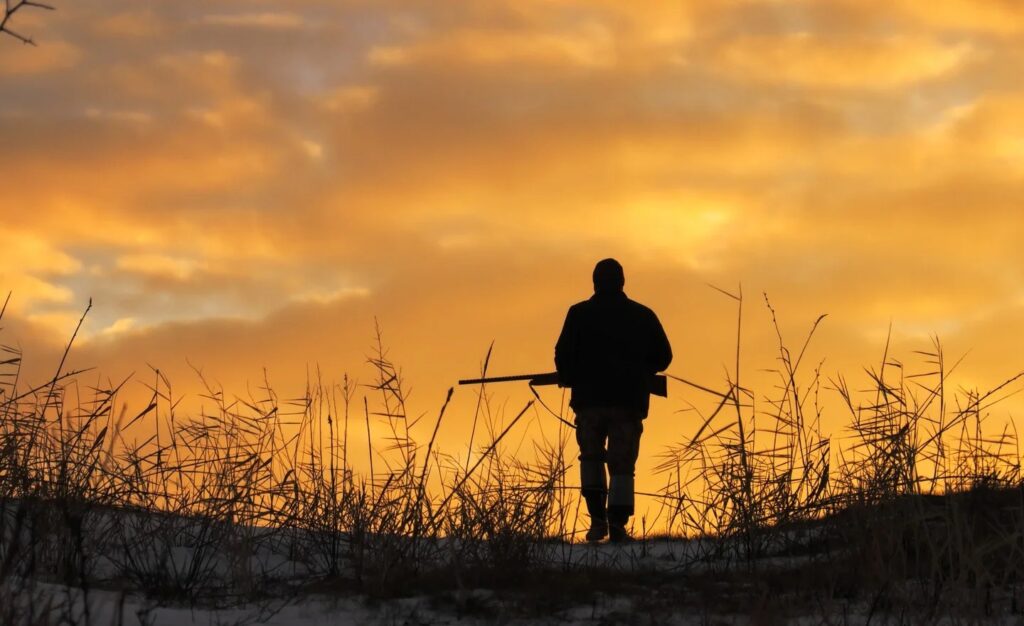This op-ed first appeared in The Hill
By W. Laird Hamberlin, CEO, SCI and Benji Backer, President and Founder of the American Conservation Coalition
Conserving wildlife is a nonpartisan issue. Don’t make it divisive.
It is unfortunate that anti-hunters and many environmentalists have chosen to start 2021 with divisive rhetoric intended to paint hunters and Republicans as cruel and evil individuals. Contrary to what they would have you believe, legal, regulated hunting is an inherently nonpartisan activity enjoyed by millions of Americans from every demographic. Furthermore, hunters are ardent conservationists. Decades of wildlife science prove the symbiotic relationship between hunting and effective conservation.
The most evident example of this relationship is the billions of tax dollars granted to state wildlife agencies since Congress passed the Federal Aid in Wildlife Restoration Act in 1937, commonly known as the Pittman–Robertson Act. To this day, this law provides states with conservation dollars stemming from the 11 percent federal excise tax on sporting arms, ammunition and archery equipment, and the 10 percent excise tax on handguns.
These funds, apportioned by the Interior Department to states on a formulaic basis, have for decades been the primary source of funding for wildlife and habitat issues both Democrats and Republicans agree on. For example, previous Pittman-Robertson Act dollars helped restore whitetail deer and wild turkey populations, funded wildlife management areas and continually provide “technical guidance to landowners to meet their wildlife management objectives.”
Despite these contributions, anti-hunters continue to bash sportsmen and -women by spreading the falsehood that no difference exists between hunters and poachers. Poaching kills animals illegally without any form of regulation or limit and certainly has the potential to threaten an entire species. But poaching is not hunting.
Legal, regulated hunting is a key contributor to better managed, healthier and protected wildlife populations by ensuring species do not outgrow their habitat’s carrying capacity. Scientifically determined quotas as set by state and federal wildlife biologists and requirements for hunting licenses and user fees are crucial rules for legal hunting as they draw a bright line of clear distinction between hunters and criminal poachers.
Hunters, rather than poachers, want to be a part of conservation efforts so that their children and grandchildren can participate in the sport they love so much. Anti-hunting activists specifically concerned with something like bear hunting, for example, must understand the immense amount of work hunters have done with groups like the Missouri Department of Conservation (MDC) to help fund black bear research. Safari Club International Foundation provided over $100,000 to support the MDC in understanding the dynamics of the ongoing black bear recovery effort and to help them develop a black bear management plan.
In return, results showed that the black bear population is increasing by 9 percent each year, with a sitting population of 540-840 bears in Missouri alone. In 2020, Missouri finalized their Black Bear Management Plan (2020-2030), outlining the multigoal approach to the management of black bears in their state. These goals include scientific methods to make careful management decisions, expand knowledge of the black bear population in Missouri and prioritize the minimization of human-bear conflicts.
Many self-proclaimed conservationists are also cherry-picking facts as it relates to state management of wolf populations in the Western U.S. The delisting of the gray wolf from the Endangered Species Act (ESA) in 2020 after the species’ remarkable recovery in the lower 48 states is an iconic victory that speaks to the success of the ESA program and will ensure the continuation of the species after 45 years under threat of extinction. This informed decision was based on highly regarded scientific research, including recent and historical gray wolf population data in the United States.
A complete analysis by the U.S. Fish and Wildlife Service (USFWS) was conducted on the alleviation of threats to the species in their environment and expressly thanked hunters for their enthusiastic contribution to the rebound of the gray wolf species. Experts from the Service predict that the gray wolf will maintain a consistent average of roughly 1,000 wolves in the Northern Rocky Mountains for many years to come, even when allowing a highly regulated number of wolves to be hunted.
The gray wolf recovery, its delisting, and the transfer of management to state officials is widely acknowledged as a wildlife success story, along with 13 other delistings of species since 2017. Aurelia Skipwith, the recently-retired director of the U.S. Fish and Wildlife Service, recently indicated that the last days of her term would be “focused on proactive measures, including partnerships with organizations, to ensure listed species flourish to the point of recovery.” Hunters across America are now hoping this sentiment is shared by the agency’s incoming leadership under the Biden administration.
In order to make 2021 a year in which anti-hunting groups and America’s hunters work together to help wildlife and their habitat thrive, it is important for anti-hunting activists first to acknowledge that America’s hunting heritage should be here to stay and that it has an irreplaceable role in the conservation of our natural world. But, we suspect, hunters will instead continue to be subjected to gauzy emotional condemnations without any basis in fact.




